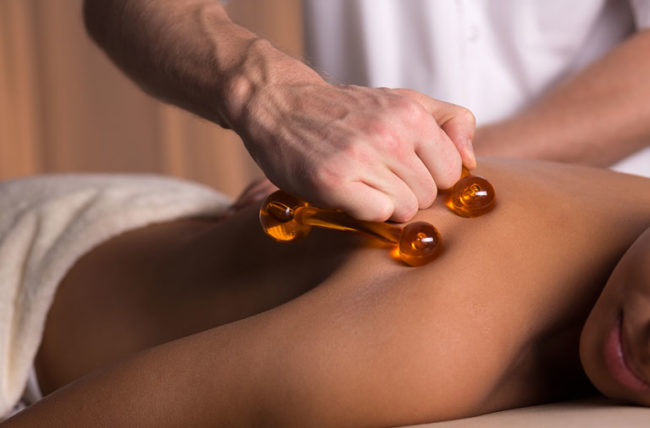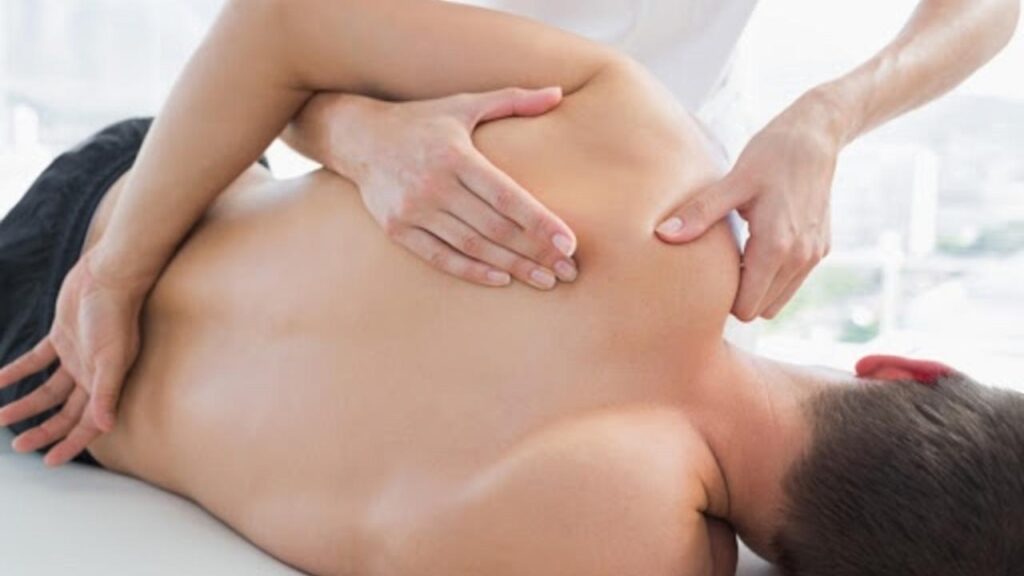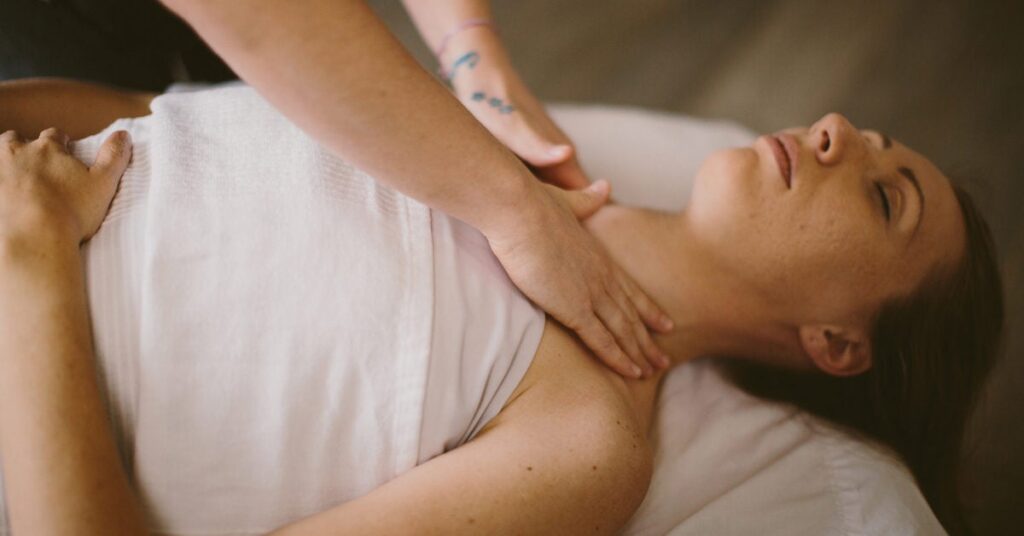If you’re gearing up for your first half marathon, congratulations on taking on this incredible challenge! As you train and prepare your body for the big race, you may be wondering about incorporating a massage into your pre or post-race routine. Massage therapy can provide numerous benefits for runners, such as reducing muscle tension and promoting faster recovery. But should you schedule your massage for the week before the race to ease pre-race jitters, or wait until the week after to aid in your post-race recovery? In this article, we’ll explore the pros and cons of getting a massage before or after your first half marathon, helping you make an informed decision that best suits your needs and goals.

Potential Benefits of Massage
Relaxation of Muscles
Massage can provide a deep sense of relaxation for your muscles. The gentle pressure applied during a massage helps to release tension and knots in your muscles, leaving you feeling loose and rejuvenated. This relaxation can be particularly beneficial before a half marathon, as it can help to alleviate pre-race jitters and promote a calm mindset.
Improved Circulation
Massage has been shown to stimulate blood flow in the body, which can have numerous benefits for runners. By increasing circulation, massage helps to deliver oxygen and nutrients to your muscles more efficiently. This can result in enhanced performance during your half marathon and may even help to prevent the buildup of lactic acid, reducing the likelihood of post-race soreness.
Reduced Muscle Soreness
One of the most well-known benefits of massage is its ability to reduce muscle soreness. By targeting tight or overworked muscles, massage can help to release tension and alleviate any discomfort you may be experiencing. This can be particularly beneficial after your half marathon, as it can help to speed up your recovery time and allow you to bounce back more quickly.
Increased Range of Motion
Massage can also help to improve your range of motion, which is important for runners. By targeting muscles and joints, massage helps to increase flexibility and loosen any tightness that may be limiting your range of motion. This can result in a smoother, more efficient running stride and may even help to prevent injuries.
Considerations Before a Half Marathon
Body Readiness
Before deciding whether or not to get a massage before your half marathon, it’s important to assess your body’s readiness. If you’ve been experiencing any pain or discomfort leading up to the race, it’s wise to consult with a healthcare professional before booking a massage. They can help determine if massage is appropriate for you at this time or if other treatments or interventions may be more suitable.
Training Intensity
Another factor to consider is the intensity of your training leading up to the half marathon. If you’ve been pushing yourself particularly hard or have increased your mileage significantly, your muscles may already be stressed and fatigued. In this case, it may be best to hold off on getting a massage before the race to avoid exacerbating any existing issues.
Massage Before a Half Marathon
Timing
If you decide to get a massage before your half marathon, timing is crucial. It’s generally recommended to schedule your massage at least 48 to 72 hours before the race. This allows your body enough time to recover from the massage and reap the benefits without any lingering soreness or tightness on race day.
Effects on Performance
Getting a massage before a half marathon can have several positive effects on your performance. As mentioned earlier, it can help to relax your muscles and reduce any tension or pre-race jitters you may be experiencing. Additionally, the increased circulation and improved range of motion can contribute to a smoother and more efficient running stride, potentially helping you achieve your race goals.

Massage After a Half Marathon
Timing
After completing a half marathon, it’s important to give your body time to rest and recover before seeking a massage. It’s generally recommended to wait 24 to 48 hours after the race before scheduling a post-race massage. This allows your muscles to settle and any acute post-race soreness to subside.
Benefits for Recovery
Massage can play a crucial role in your post-race recovery. By targeting areas of muscle soreness and tightness, massage can help to alleviate any pain or discomfort you may be experiencing. It can also promote relaxation and reduce inflammation, allowing your body to heal more efficiently. Additionally, massage can help to flush out metabolic waste products that have built up during the race, aiding in the recovery process.
Factors to Consider
Individual Preferences
When deciding whether or not to get a massage before or after your half marathon, it’s important to consider your individual preferences. Some runners may find that a pre-race massage helps to calm their nerves and prepare them mentally, while others may prefer to save it for after the race to aid in recovery. Ultimately, the decision should be based on what makes you feel most comfortable and confident.
Experience with Massage
Your previous experience with massage can also play a role in your decision-making process. If you have regularly incorporated massage into your training routine and have found it to be beneficial, you may feel more inclined to include it before or after your half marathon. Conversely, if you have never had a massage before or have had negative experiences in the past, it may be wise to proceed with caution and consult with a professional before making a decision.
Availability of Professional Massage Therapists
Another factor to consider is the availability of professional massage therapists in your area. If you are fortunate enough to have access to trained professionals who specialize in sports massage, it may be easier for you to incorporate massage into your pre- and post-race routine. However, if finding a qualified massage therapist is challenging, you may need to explore alternative options such as self-massage techniques or foam rolling.
Potential Risks of Massage
Aggressive Techniques
While massage can provide numerous benefits, it’s important to be mindful of the techniques used. Some aggressive massage techniques, such as deep tissue massage, can potentially cause muscle soreness or even injury if not performed correctly. It’s important to communicate openly with your massage therapist and let them know your comfort level and any areas of concern to ensure a safe and effective session.
Sensitivity or Allergies
Another potential risk to consider is any sensitivities or allergies you may have. Massage oils and lotions can contain various ingredients that may trigger an allergic reaction or skin irritation. Before your massage, it’s important to inform your therapist of any allergies or sensitivities you have so they can select the appropriate products or make any necessary adjustments to ensure your comfort and safety.
Injury Risk
In some cases, receiving a massage when you have an existing injury or underlying condition may increase the risk of further injury. It’s essential to consult with a healthcare professional before scheduling a massage if you have any concerns about the potential impact on your injury or condition. They can provide guidance and help determine if massage is appropriate for you at this time.
Alternatives to Professional Massage
Self-Massage Techniques
If professional massage is not accessible or feasible for you, there are various self-massage techniques you can try. These techniques involve using your hands, fingers, or tools such as massage balls or foam rollers to target specific muscles and areas of tension. While self-massage may not provide the same level of expertise as a professional session, it can still offer relief and promote muscle recovery.
Foam Rolling
Foam rolling is a popular self-massage technique that involves using a dense foam roller to apply pressure to your muscles. By rolling different parts of your body over the foam roller, you can help release tension and increase blood flow to your muscles. Foam rolling can be particularly effective for targeting larger muscle groups and reducing post-exercise tightness.
Stretching Exercises
In addition to self-massage techniques, incorporating stretching exercises into your routine can also promote muscle relaxation and recovery. Stretching helps to lengthen your muscles, increase flexibility, and improve circulation. By stretching regularly, both before and after your half marathon, you can help prevent muscle imbalances and reduce the risk of injury.
Consulting with a Professional
Expert Advice
If you’re unsure about whether or not to include massage in your pre- or post-race routine, it can be helpful to consult with a professional. A certified massage therapist or sports medicine professional can provide expert advice based on your individual circumstances. They can assess your needs, address any concerns you may have, and help you make an informed decision that aligns with your goals and preferences.
Assessment of Individual Circumstances
A professional can also assess your individual circumstances, taking into account factors such as your training intensity, any pre-existing injuries or conditions, and your overall readiness for a massage. They can provide personalized recommendations and develop a plan that best meets your needs and optimizes your performance.
Overall Decision
Considering Personal Factors
Ultimately, the decision of whether or not to include massage in your pre- or post-half marathon routine should be based on your personal factors and preferences. Take into account your training intensity, body readiness, and whether you have access to professional massage therapists. Consider your past experiences with massage and any potential risks or alternative options. By carefully weighing these factors, you can make an informed decision that aligns with your individual needs.
Listening to Your Body
While it’s important to consider all the factors mentioned, one of the most important aspects is listening to your body. Pay attention to how your muscles and overall body feel leading up to and following your half marathon. If you’re experiencing excessive soreness, discomfort, or pain, it may be wise to seek professional advice before deciding to include massage in your routine. Your body knows best, and taking the time to tune in and assess its needs will ensure a safe and effective race experience.
Conclusion
Massage can offer several potential benefits for runners training for and participating in a half marathon. From relaxation of muscles and improved circulation to reduced muscle soreness and increased range of motion, massage can aid in both pre- and post-race preparation and recovery. However, it’s essential to consider personal factors such as body readiness, training intensity, and availability of professional massage therapists. Additionally, potential risks and alternative options should be carefully evaluated. By consulting with a professional and listening to your body, you can make an informed decision that supports your goals and enhances your overall race experience.





